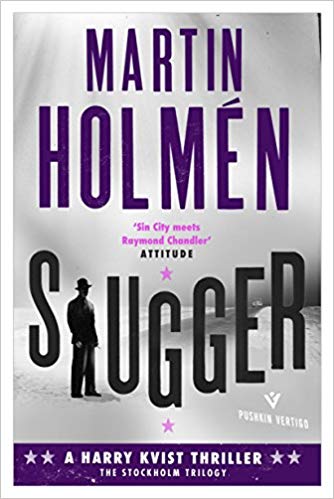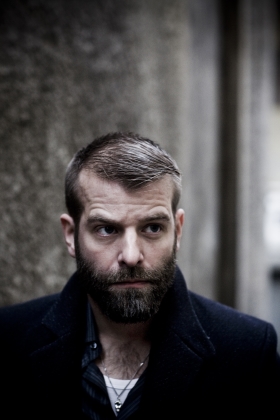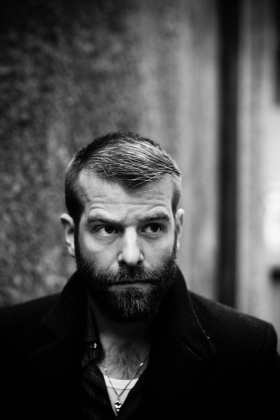Clinch
An ultra-gritty piece of contemporary Swedish noir, set in a decrepit, highly atmospheric 1930s Stockholm that is a far cry from the modern, egalitarian capital city of today.
The writing's on the wall for Harry Kvist. Once a notorious boxer, he now spends his days drinking, and his nights chasing debts amongst the pimps, prostitutes and petty thieves of 1930s Stockholm. When women can't satisfy him, men can. But one biting winter's night he pays a threatening visit to a debtor named Zetterberg, and when the man is found dead shortly afterwards, all eyes are on Kvist.
Determined to avoid yet another stint in prison, Kvist sets out to track down the only person who can clear his name. His hunt will lead him from the city's slums, gangster hideouts and gambling dens to its most opulent hotels and elite nightclubs. It will bring him face to face with bootleggers and whores, aristocrats and murderers. It will be the biggest fight of his life.
Blending noir with gritty violence, Clinch is a visceral, compulsive thriller that packs a punch and leaves you reeling.
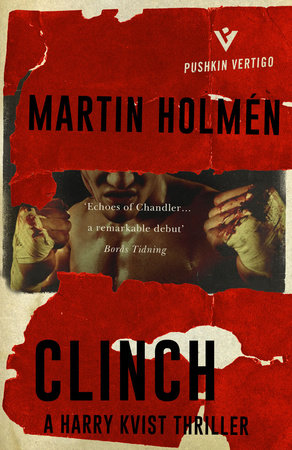
Down for the Count
November, 1935. Harry Kvist walks out the gates of Langholmen jail into another biting Stockholm winter. He has nothing to his name but a fiercely burning hope: that he can begin a new life with the lover he met in his cell. That he can leave behind his old existence of gutter brawls, bruised fists and broken bones. That he can finally go straight.
But the city has other ideas. Nazis are spreading their poison on the freezing streets, and one of Kvist’s oldest friends has been murdered. Before he can leave Stockholm’s underworld for good, he must track down the killer. As Kvist uncovers a trail of blood leading to the highest echelons of Swedish society, the former boxer finds himself in a fight to the death with his most dangerous opponent yet.
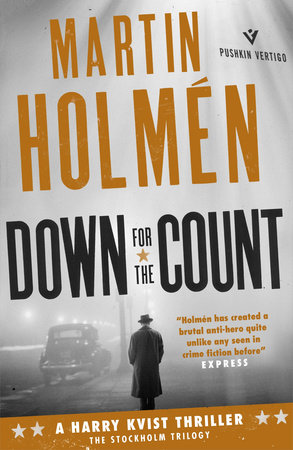
Slugger
Stockholm, 1936. Harry Kvist, a bisexual ex-boxer now playing his trade as a debt collector, is bitter, angry and more alone than he has ever been. When his friend, Father Gabrielsson, is found brutally murdered by the altar Katarina Church, it doesn't look as if the police are interested in finding the culprit. So Kvist decides to do it himself. As he investigates he uncovers a trail leading all the way to Nazi Germany where fascists are plotting a takeover in Sweden. But does Kvist have the strength to go to the final round with them on his own?
